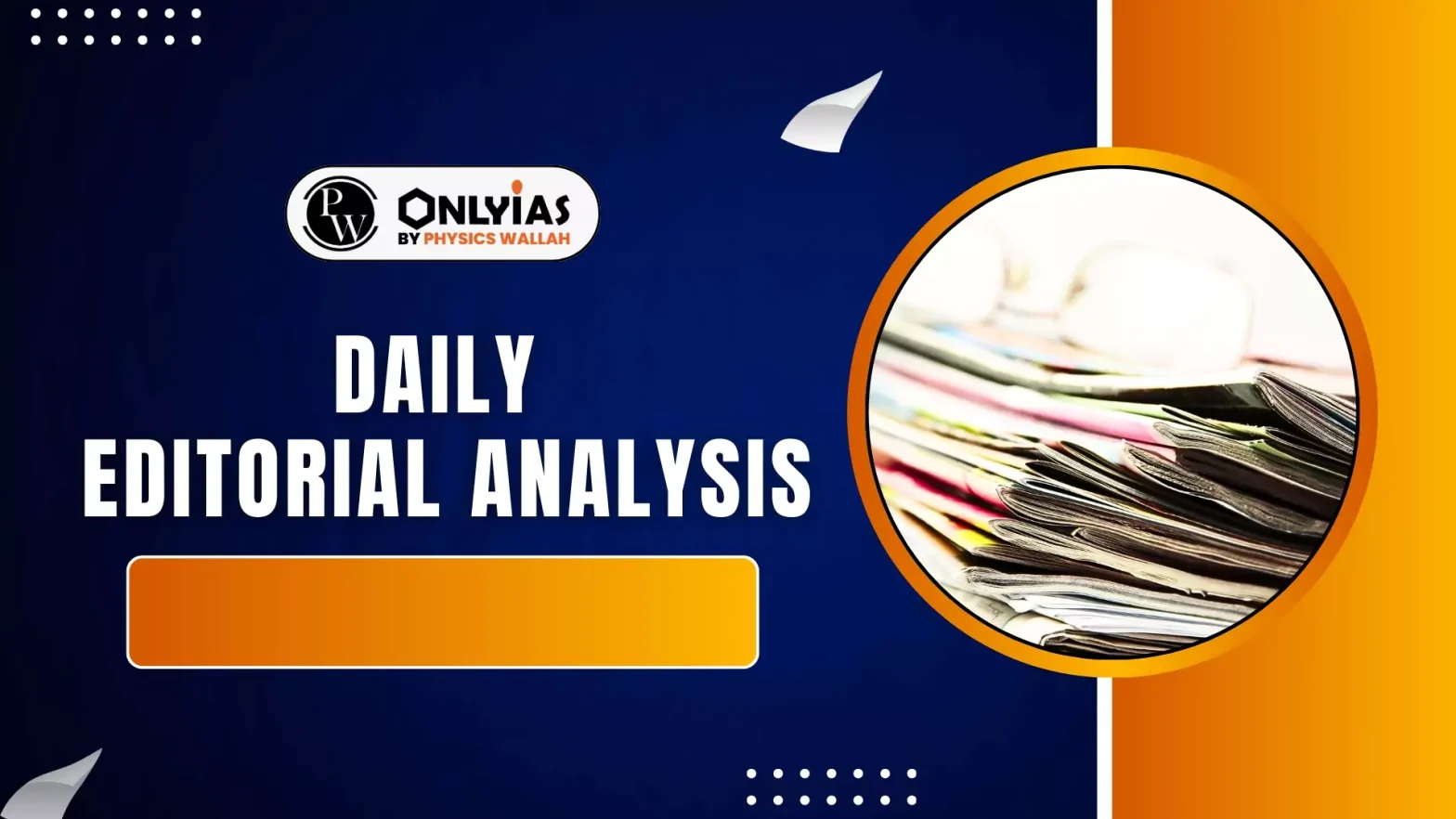![]() 6 Sep 2025
6 Sep 2025

The Ministry of Environment, Forest and Climate Change has brought into effect the Environment Audit Rules, 2025, that allows the vital activity of environmental monitoring and auditing to go beyond the remit of State Pollution Control Boards.
| Mains Practice |
|---|

<div class="new-fform">
</div>